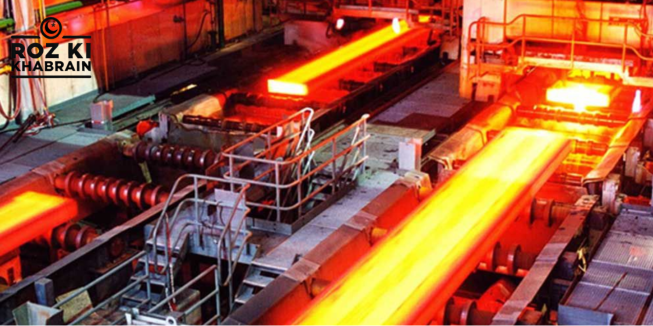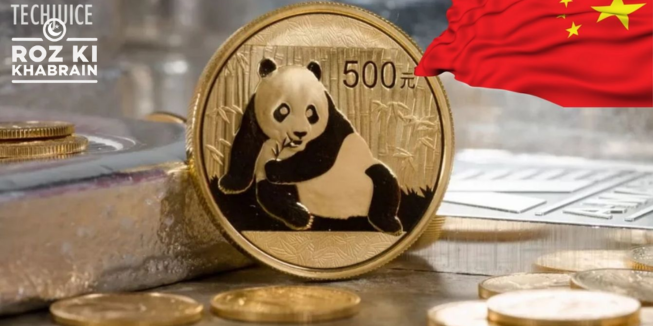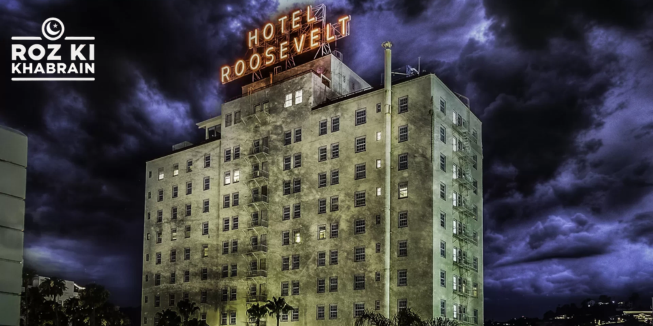In recent months, discussions between the Sindh provincial government and federal authorities have focused on the potential revival of Pakistan’s steel industry, particularly the Pakistan Steel Mills (PSM), a once-iconic symbol of industrial strength that has been inactive since 2015. The mill’s revival could significantly impact the country’s industrial sector and economic growth, but it faces numerous challenges that require careful coordination.
Founded in 1973 and located on a vast 19,000-acre site near Karachi, PSM was capable of producing over a million tons of steel annually. However, due to mismanagement, financial inefficiencies, and political interference, the mill’s operations have been severely impacted. As of August 2024, the total losses have reached around Rs600 billion, which includes Rs224 billion in operational losses and Rs335 billion in outstanding payments.
The closure of PSM has had wider implications for Pakistan’s industrial sector. Steel, a vital material for construction and manufacturing, has increasingly been imported, costing billions of dollars each year. This dependency has put pressure on the country’s foreign reserves and created challenges in meeting domestic demand.
The core issue in the revival process centers around jurisdiction and ownership. Though PSM is federally owned, its significant impact on Sindh’s economy has drawn interest from the provincial government. Both sides have expressed a desire to collaborate, but differing priorities have complicated negotiations. The federal government, under the current caretaker administration, favors privatization to attract private sector investment, which they believe would ease the government’s financial burden and bring in the capital and expertise needed to modernize the mill.
The Sindh government, led by Chief Minister Murad Ali Shah, has adopted a more cautious approach, advocating for a public-private partnership model that would ensure provincial involvement in overseeing operations and maintaining social and environmental standards. The aim is to balance private sector involvement with local interests, particularly workers’ rights and community benefits.
Reviving PSM is no small task. Financially, it could require over $1 billion to modernize outdated equipment, settle debts, and comply with regulatory requirements. Operational challenges are compounded by the government’s decision to halt the mill’s gas supply in mid-2024, which has stalled any potential revival efforts.
Labor issues are another critical concern. The closure of PSM left around 10,000 workers unemployed, many of whom demand compensation and reemployment. Unions are wary of potential job cuts or wage reductions if privatization moves forward. Striking a balance between creating a more efficient workforce while addressing these concerns will be key to the mill’s long-term success.
Environmental factors also play a role, as the steel industry is a major emitter of greenhouse gases. Implementing cleaner technologies and meeting environmental standards will increase costs and add complexity to the revival process.
Additionally, the global steel market is highly competitive, with established players dominating the industry. Reviving PSM will require not only meeting domestic demand but also competing in the international market. Significant investments will be needed in product quality, cost-efficiency, and marketing to carve out a competitive edge.
Despite these hurdles, the potential economic benefits of reviving PSM are substantial. At a macro level, the mill’s revival could reduce Pakistan’s reliance on steel imports, saving millions in foreign exchange. By meeting a significant portion of domestic demand, the mill could help stabilize steel prices and give a competitive advantage to industries like construction, automotive, and manufacturing. Currently, the steel sector contributes approximately 1.5% to Pakistan’s GDP, and a functional PSM could increase this by 0.5% to 1% over the next decade.
The revival could also bolster exports, as higher production capacity and better quality standards could open new regional and global markets. This would diversify Pakistan’s export portfolio and bring in valuable foreign exchange. Strategic investments in branding, logistics, and compliance with international quality standards would be essential to succeed in this area.
A revitalized steel industry would play a vital role in Pakistan’s infrastructure development, lowering construction costs and accelerating key projects such as roads, bridges, and housing schemes. This would create a ripple effect in other sectors like cement, transportation, and real estate, contributing to overall GDP growth.
In the long term, a strong steel industry would enhance Pakistan’s industrial competitiveness, reduce vulnerabilities to external shocks, and foster economic resilience. The increased industrial activity would create jobs, raise household incomes, and drive consumer spending, leading to a cycle of growth.
To ensure the successful revival of Pakistan Steel Mills, a clear and strategic roadmap is essential. This roadmap should bring together the federal and provincial governments, private investors, labor unions, and civil society to create a shared vision for the mill’s future. Conducting a comprehensive feasibility study that examines the technical, financial, and environmental aspects of the revival is crucial.
Providing attractive incentives for private investors, such as tax breaks and regulatory support, will be vital. Modernizing operations with energy-efficient technologies that reduce emissions and costs will improve competitiveness. Addressing labor concerns through fair compensation packages and retraining programs will help secure workforce support and minimize disruptions.
The revival of Pakistan Steel Mills offers a unique opportunity to revitalize the country’s industrial sector and stimulate economic growth. While the challenges are significant, they are not insurmountable. Success will depend on the ability of policymakers to address these issues, navigate competing interests, and create a conducive environment for sustainable growth.




